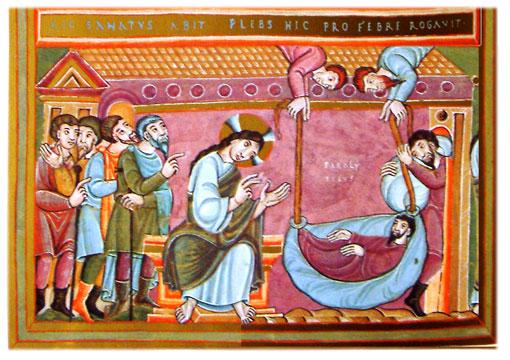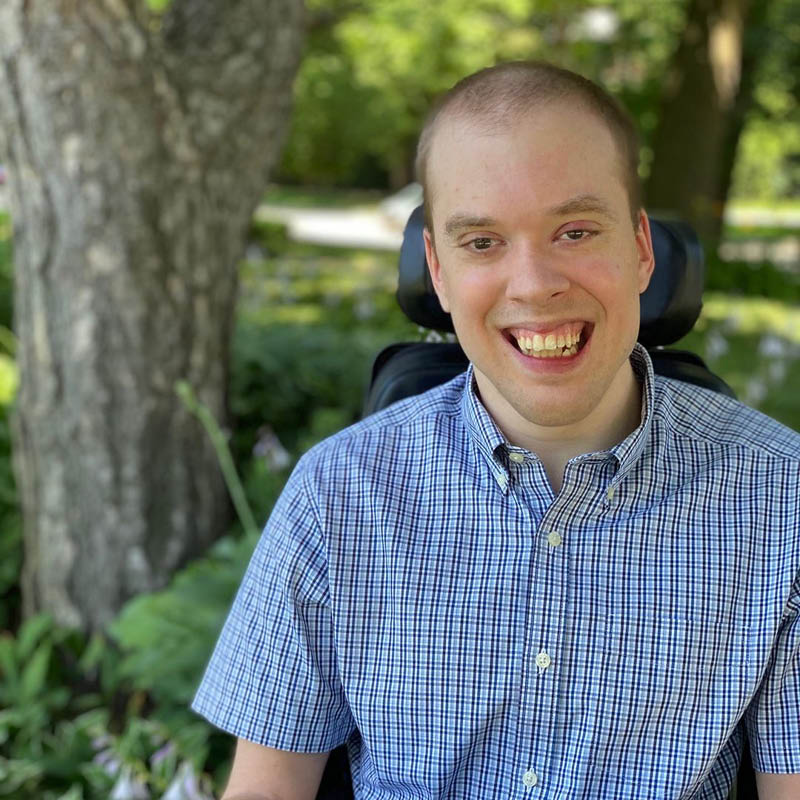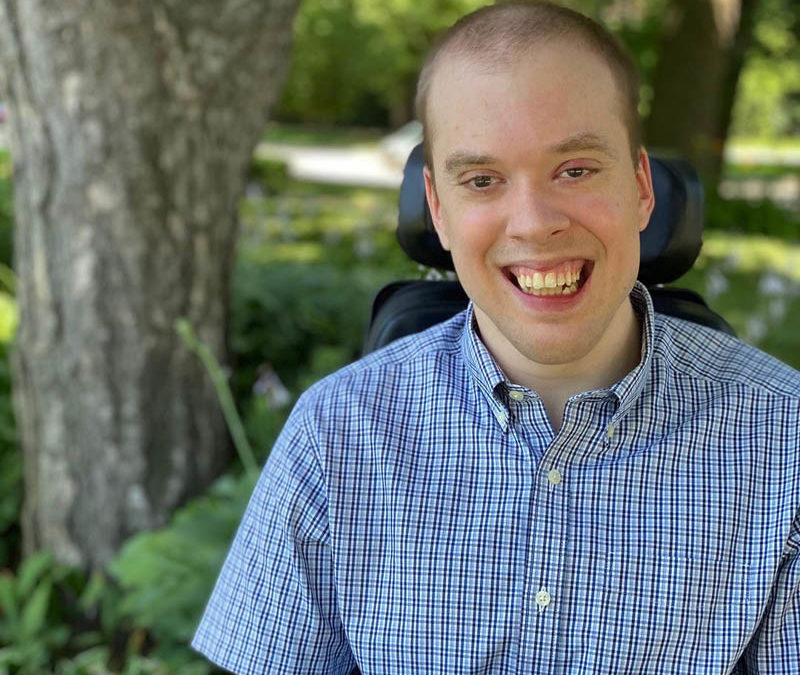
Tenth-century artist rendering of a man lying on a mat being lowered through the roof to talk with Jesus.
Hi everyone,
Last time, I shared an interpretation of Jesus’s healing of a paralytic in Mark 2: 1-12. I hope it was thought-provoking for you and helped you to think of this passage in new ways. If you missed it, check it out here before you read further. This follow up post shares some of what I sought to convey by articulating this encounter from the paralytic’s point of view.
1. Ordinariness: The paralytic was an ordinary person who simply wanted to hear Jesus’s words. Disabled people are ordinary members of society. In the United States, one in
every four adults has a disability. We are the largest minority group and the only one that anyone can join at any time. We are of every age, gender, race, sexual orientation, economic status, political persuasion, and religious or nonreligious tradition. Some of our conditions, such as mobility impairments, are visible, while others such as fibromyalgia, may be less apparent. Disabled people are parents, family members, friends, lovers, neighbors, coworkers, service providers and acquaintances. We go to grocery stores, auto repair shops, schools, workplaces, and worship spaces. We are ordinary people, doing our best to navigate an inaccessible society to fully live our lives.
2. Individuality: The paralytic was an individual with his own personal life. He had a wife and sister. He had personal interactions with his loved ones where he may have said words he regretted. He had his own specific reasons for seeking to encounter Jesus which were known only to him. Every disabled person is an individual with a unique background and experiences. The disabled community is comprised of individuals. Disabled people of faith encounter God in our own uniquely private ways.
3. Preparation and Creativity: The paralytic was, by necessity, a careful and creative planner. He had to decide what time to leave, what chair or mattress to use, how to gain access when both the front and back entrances were inaccessible to him, and whether or not to ask the crowd to help him enter. He and his loved ones put in all this work before he even listened to and interacted with Jesus. Of course, the paralytic did not want to vulnerably “make a scene,” but he knew he had to be creative to meet his goal and did what was best for him. Like this person of 2000 years ago, disabled people of today live in a world that is not made for us, with obstacles, crowds, and barriers at every turn. Every day, in managing our individual bodily needs and our collective inaccessible world, disabled people are forced to be creative, resourceful, and persistent. Often, we must “create a scene” to simply address our daily societal needs, protest unjust and discriminatory systems, and protect our most basic human rights.
4. The paralytic did not come to Jesus for a cure: Many disabled people do not want cures and love the way that God constructed our beautiful disabled identities. If we seek healing from God, it may be in non-bodily forms such as the healing of a relationship or an emotional burden. The loving healing experienced by the paralytic was not for the intrusive crowd’s understanding or consumption. It was personal and intimate, solely between this one person and his God.
5. Agency and Interdependence: The paralytic had agency and was fully aware of his situation. He was in control in his encounter with Jesus and asked for help from Jesus and people in the crowd as needed. He also helped his allies access their experiences with God’s forgiveness. I have learned that living with a physical disability means living in a world of interdependence. I both give and receive from others, both of which are holy. Through Jesus, the paralytic learned to be a disciple in his community and share his gifts with his people.
Next time I will discuss the traditional Christian interpretations of disability and why they are problematic. More next time. Thanks for reading.

Image description: A photo of David Gayes, a smiling white man in a wheelchair and blue shirt. Trees are in the background.
David Gayes is a graduate student at Catholic Theological Union in Chicago, working on a masters degree in Intercultural Ministry and delving more deeply into the relationship between disability culture and disability theology. Through writing and dialogue, he invites the GIA community to engage with lived disabled experiences and perspectives in thought-provoking ways. David is also a Disability Lead Fellow, and an active member of St. Nicholas Parish in Evanston, Illinois.


Recent Comments